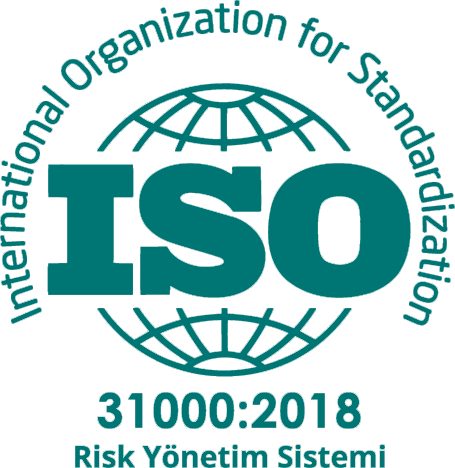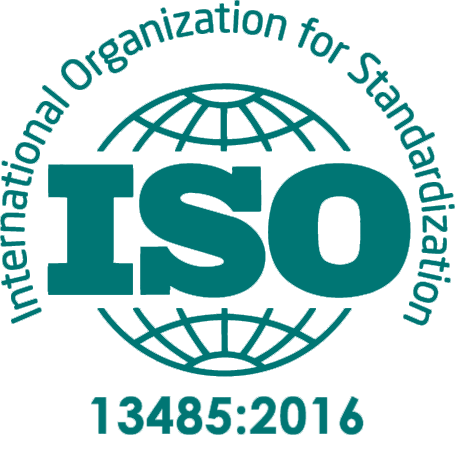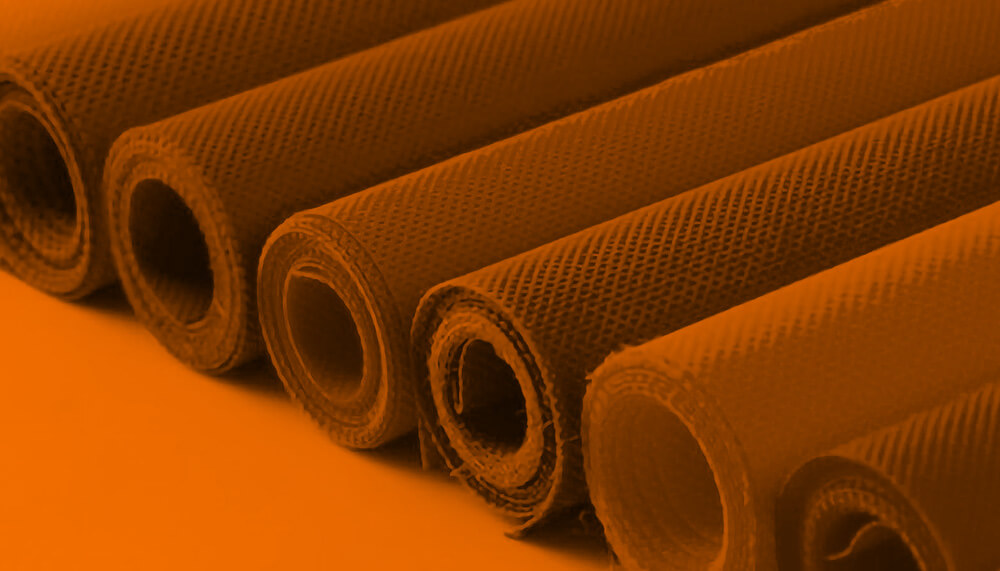What are the Work Safety Vest Colors and Their Meanings?
Safety vests are an essential safety equipment used to increase visibility and prevent accidents in work environments. These vests are typically manufactured in specific colors, each with a particular meaning. The commonly used colors for safety vests are:
Orange: Orange safety vests are often used to identify workers in traffic management, road construction, and other outdoor tasks. Orange provides high visibility and is particularly preferred in dark or low-light conditions to enhance worker safety.
Yellow: Yellow safety vests are commonly used in construction, iron and steel industries, and other industrial work areas. Yellow vests provide high visibility and are used to draw attention to workers.
Blue: Blue safety vests are typically used to identify visitors or workplace supervisors. This color signifies that they belong to a different group from the employees, enhancing recognition in the workplace.
Green: Green safety vests are often used to identify special teams such as fire crews or healthcare personnel. Green vests facilitate quick recognition during emergency situations and make workers with specific duties stand out.
Red: Red safety vests are typically used to identify workers in hazardous areas. Red is used to attract attention and highlight potential dangers.
The use of these colors in safety vests helps workers and others move more safely in work environments and prevents accidents. These vests provide an effective means of identifying different tasks, teams, and visitors in workplaces.


